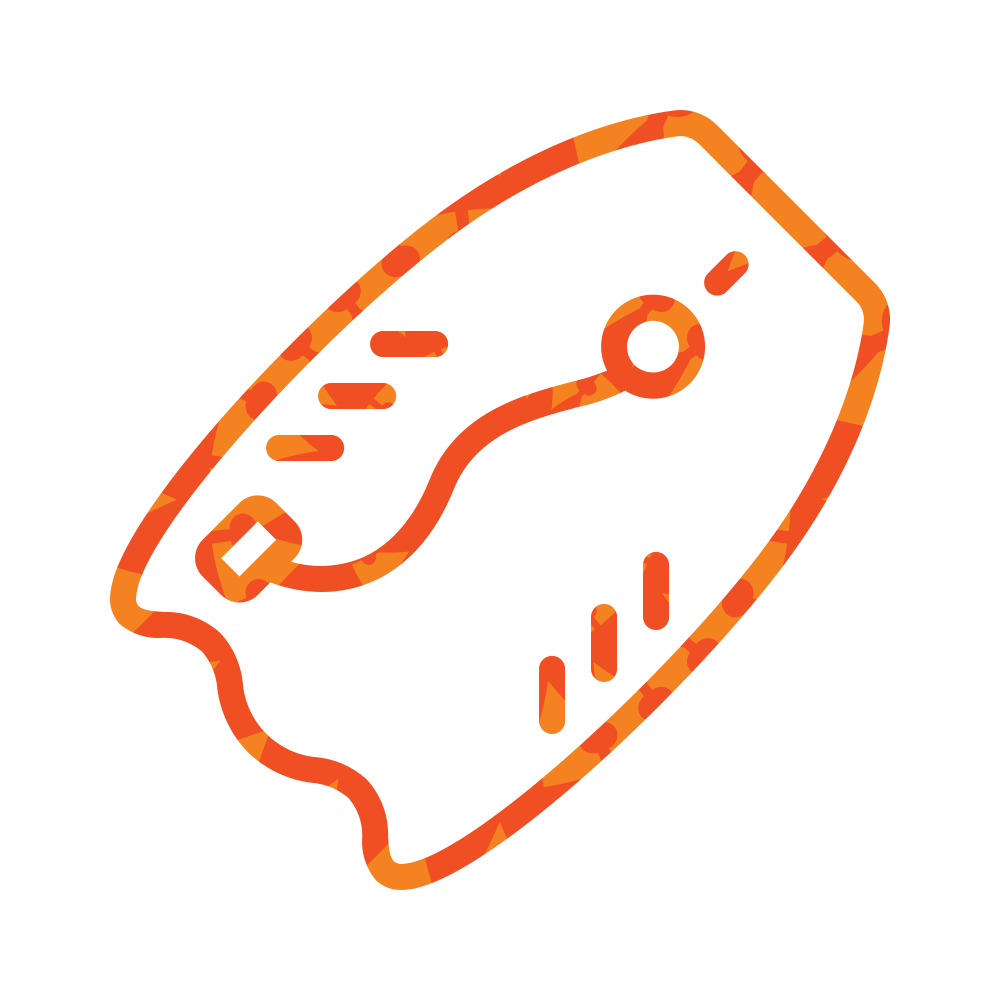
A bodyboard class in surfing focuses on riding waves while lying on a smaller, flexible board known as a bodyboard. Unlike traditional surfing, where the surfer stands up, bodyboarding is done in a prone position (lying down), kneeling, or sometimes standing up, offering a different wave-riding experience. Key aspects of a bodyboard class include:
- Paddling and wave positioning: Using your arms and kicking with swim fins to paddle and position yourself in the optimal spot to catch waves.
- Wave catching techniques: Learning the right timing and body positioning to glide into waves and generate speed.
- Basic maneuvers: Practicing basic bodyboard moves such as:
- Trimming: Maintaining speed by staying in the wave’s power zone.
- Bottom turns: Turning at the bottom of the wave to set up for the next section.
- Cutbacks: Turning sharply back into the wave’s energy after moving away from it.
- Advanced moves: Once you’ve mastered basics, learning aerial tricks, spins, and rolls.
- Wave reading: Learning to observe and predict how waves will break and understanding the different types of waves suited to bodyboarding.
- Safety and etiquette: Understanding the rules of the surf zone, respecting other surfers, and practicing wipeout safety.
Bodyboarding is often considered more accessible for beginners than traditional surfing because of its lower learning curve and focus on wave riding while lying down. It is a great entry point for those new to wave riding, but it also offers progression into advanced tricks and riding in larger, more challenging waves.
